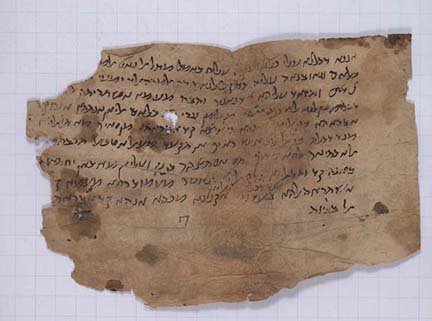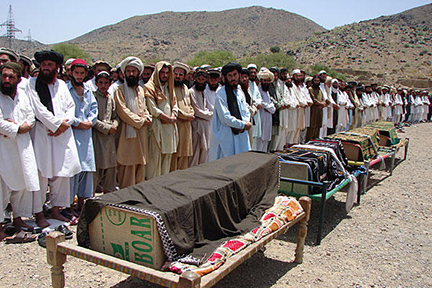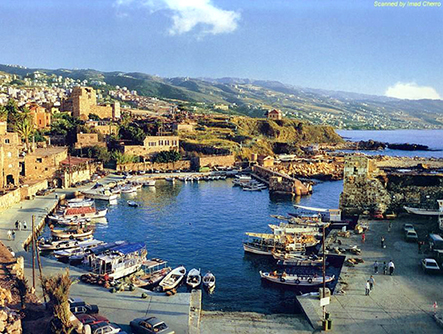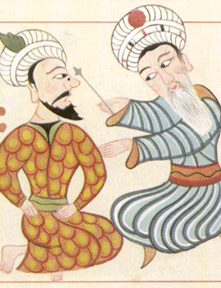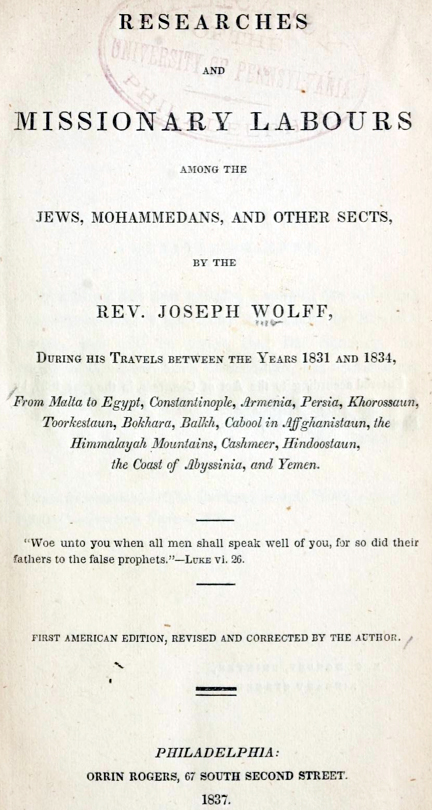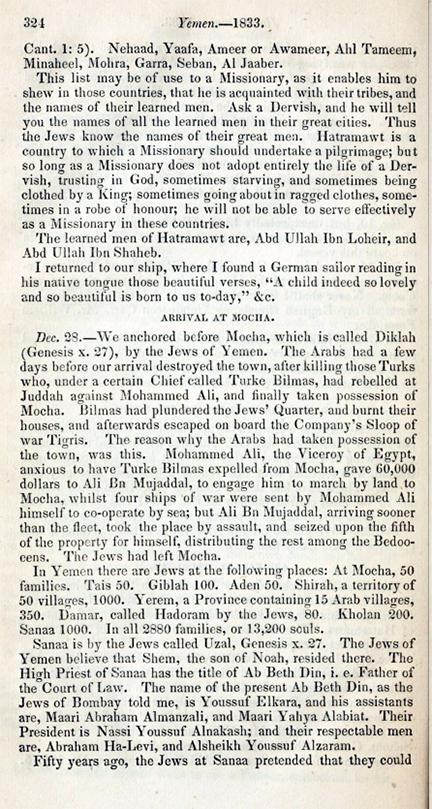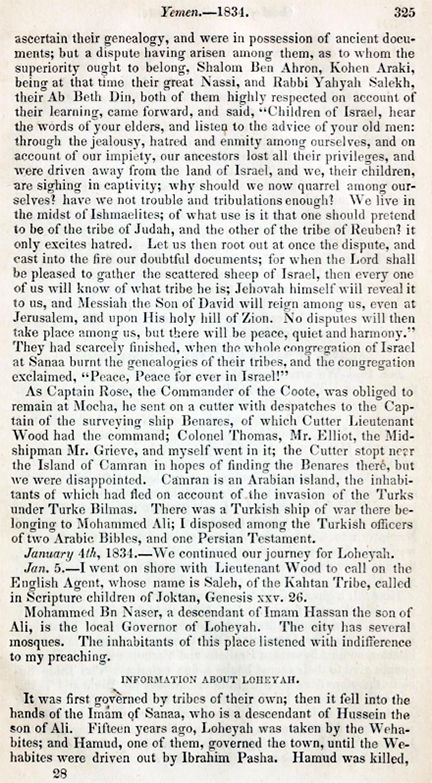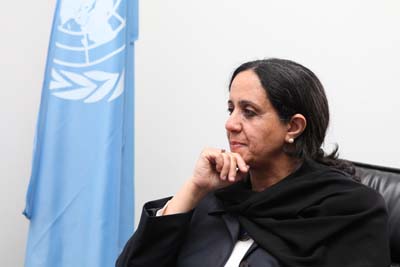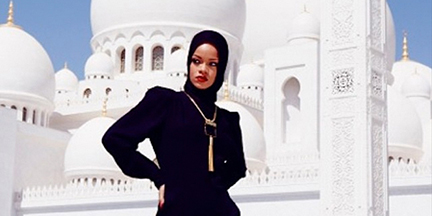
Image: Rihanna’s Instagram
by Fatimah Jackson-Best, Aquila Style, October 28, 2013
International pop icon Rihanna recently made the news after being asked to leave the Sheikh Zayed Grand Mosque in Abu Dhabi. According to a statement issued by the mosque, the singer’s removal from the grounds was based on several reasons, which include attempting to enter the mosque through a gate that was not allowed for visitors, failing to get the proper permission to visit and tour the mosque, and failing to behave in a way that was in accordance with the sanctity of the mosque.[i] Instagram photos of the singer posing in front of the mosque also sparked reactions from Muslims and non-Muslims around the world.
I learnt that she had been barred from entering the mosque on my Facebook wall, from a friend who jokingly reminded me that I could relate to the story, because I had also been prevented from visiting a mosque here in Barbados – twice. Continue reading What’s Up with Our Mosques?
